Updated: 27-Dec-2024
The AB Enoch Thulin Aeroplanfabrik was founded around 1910.
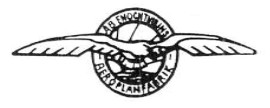
"Thulin logo"
-Several aircraft and engines are on display at the Landskrona Museum, as shown in the below photo.

“Museum of Landskrona”
-During WWI, Thulin made rotary engines that were sold to Germany.
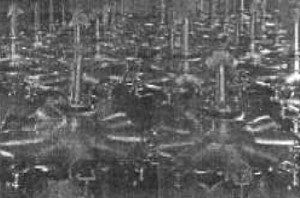
“Thulin engine stocks”
The company licensed the 90/100 hp Gnome-LeRhone as type A, with 9 rotary radial cylinders, rotating at 1,200 rpm.
-The G model gave 135/150 hp at 1,200 rpm, with 9 rotary cylinders.
-Both engines were somewhat enlarged versions of their Le-Rhone counterparts.
-For example, the type A had 9 cylinders of the same size as the equivalent 7-cylinder engine, i.e. 105 mm bore by 140 mm stroke.
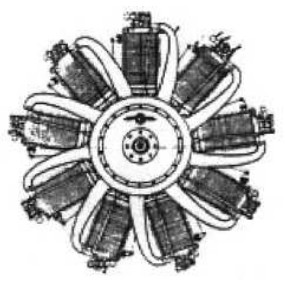
“Thulin type A”
-The company name was exactly AB Enoch Thulin and the engines mentioned here are from around 1915.

“Detail of the Thulin type A”
-The type G cylinder had a 119 mm bore by 170 mm stroke.
-Among other improvements was the introduction of double ignition with two spark plugs per cylinder and two magnetos.

“Thulin in Australia”
-In the collection of the PowerHouse Museum, in Sydney, it is surprising to find this Thulin, with nine rotary cylinders and giving hp. It has a double valve in the cylinder head.
-A formidable-looking Thulin engine is preserved in the German Luftwaffe Museum, as we can see below.

“Thulin 7-cylinder at the Luftwaffe Museum”
From Appendix 9: Two Thulin models have been found at the Malmö Museum. One is the rotary radial type A already mentioned in the main text.
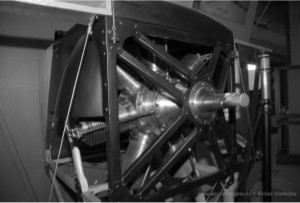
“Thulin A”
-The other one is the model D, unknown until now for this A-Z publication, with six cylinders giving 175 hp. It is derived from the 160 hp Mercedes. These engines are from 1918/1919.
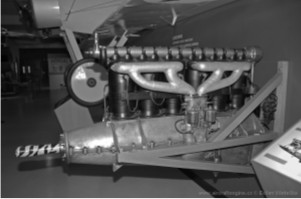
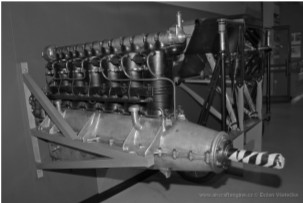
“Thulin D” (E-V, AEHS)
A well-restored Thulin model A with propeller is on display at the Stockholm Technical Museum. A 9-cylinder rotary engine with intake ducts similar to the French Le-Rhone. Perhaps a license.
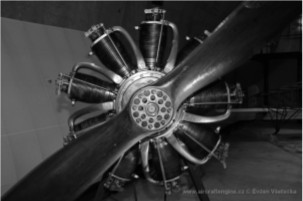
“Front view” (E-V, AEHS)

“Almost side view”
-At the front we have the propeller attached to the shaft which is firmly attached to the central crankcase. Just behind the cylinders is the plate which serves to fix the engine to the structure of the aircraft, with a long rod to fix it at another point further back. Immediately behind at the end is a simple carburetor.
-This assembly gives considerable length to the engine.
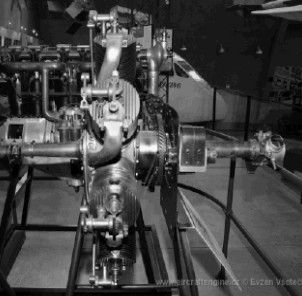
“Complete side view”
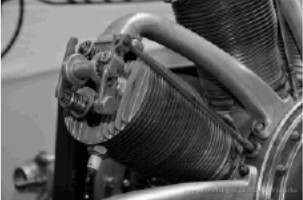
“Detail of a cylinder”
-It should be noted that the movement of the valves is carried out by a single-lever rod attached to the first rocker arm which has a counterweight.
-Above the valves there is another rocker arm which controls them. When the rod releases the thrust pressure, the counterweight, by centrifugal force, opens the intake. For the exhaust valve, the rod pushes upwards.
-Under the company name “Ab Enoch Thulin Aeroplane”, Thulin manufactured rotary engines but also in-line. We knew the D but now we have the A and E as well.

“Thulin A”

“Thulin D”
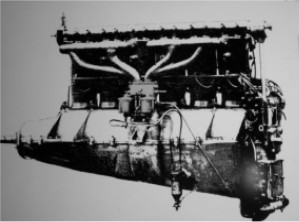
“Thulin E”
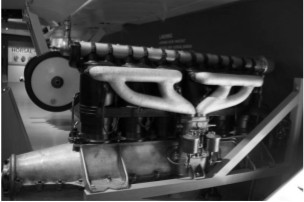
“Thulin E, at a museum”
From Appendix 12: Enoch Thulin was a private builder in that country, with licenses for mainly French rotary engines. The “K” model is the new contribution in this addition to the main text.
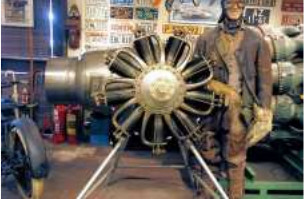
“A Thulin K based on Le-Rhone, in a Museum” (PiP)
Engines of THULIN
Model: Thulin A, inline
Arquitecture:
Cooling:
Total Displacement:
Bore / Stroke: x
Power:
Weight:
Model: Thulin D, inline
Arquitecture:
Cooling:
Total Displacement:
Bore / Stroke: x
Power:
Weight:
Model: Thulin E, inline
Arquitecture:
Cooling:
Total Displacement:
Bore / Stroke: x
Power:
Weight:
Model: Type A, 9 cyl. radial rotary (G-R Lic.)
Arquitecture:
Cooling:
Total Displacement:
Bore / Stroke:
Power:
Weight:
Model: Type G, 9 cyl. radial rotary (G-R Lic.)
Arquitecture:
Cooling:
Total Displacement:
Bore / Stroke:
Power:
Weight:
Model: Type K, radial (Le-Rhone lic.)
Arquitecture:
Cooling:
Total Displacement:
Bore / Stroke: x
Power:
Weight:


